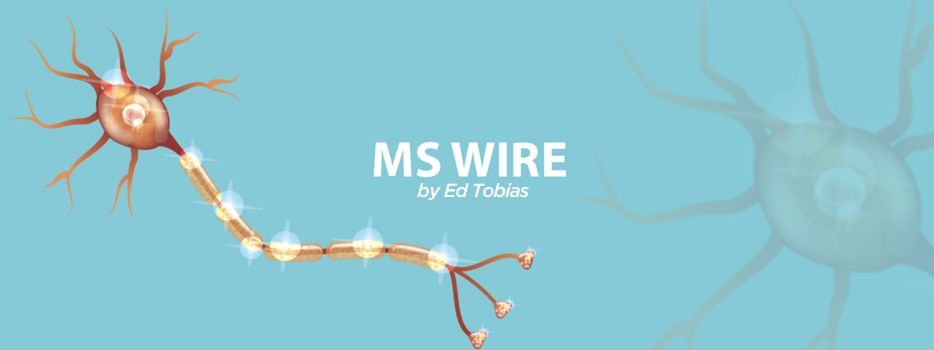Why We Still Need to Wear Masks, Socially Distance, and Wash Our Hands

“I’ve had my shots, so I’m protected,” a friend recently told me, referring to the COVID-19 vaccine.
My wife and I also have received our COVID-19 vaccines. More than a month has passed since our second shots of the Moderna vaccine, so we are protected — theoretically. But theory doesn’t always match reality, and I’ve been searching for a way to explain to people why we still wear our masks, keep our distance, and try to be good about washing our hands.
It’s like being in the rain
I found the explanation I’ve sought in an excellent article in The Atlantic by Katherine J. Wu, who likens protecting oneself from the coronavirus to trying to stay dry in a rainstorm:
“Vaccination is actually more like a single variable in a dynamic playing field—a layer of protection, like an umbrella, that might guard better in some situations than others. It could keep a lucky traveler relatively dry in a light drizzle, but in a windy maelstrom that’s whipping heavy droplets every which way, another person might be overwhelmed. And under many circumstances, vaccines are still best paired with safeguards such as masks and distancing—just as rain boots and jackets would help buffer someone in a storm.“
The experts Wu interviewed suggest we curb our enthusiasm about the COVID-19 vaccine, no matter which version we’ve received. Like with seasonal flu vaccines, some people may be protected better than others. And like the way the seasonal flu changes its form from season to season, the SARS-CoV-2 coronavirus mutates as it moves between people.
How does this happen?
The news site Stat shared a great explanation with a video about how the virus changes.
Of particular interest to people with MS being treated with a disease-modifying therapy (DMT) is that the COVID-19 vaccines generate antibodies and B- and T-cells that attack the coronavirus. But some of our DMTs — notably, Ocrevus (ocrelizumab), Lemtrada (alemtuzumab), and Novantrone (mitoxantrone for injection concentrate) — do the opposite. They’re designed to significantly reduce many of those T- or B-cells to prevent them from attacking our nervous system. So, the COVID-19 vaccines may limit the effectiveness of these DMTs for a period of time. It’s sort of a treatment Catch-22.
What should you do?
You can read the latest recommendations for DMTs and COVID-19 vaccines here. The information is updated frequently, though, and varies by country, so it’s best to check regularly.
It’s also a conversation you should have with your neurologist. Not all neurologists think alike regarding the COVID-19 vaccines, so do your own research before that chat, and don’t be afraid to ask questions. Writing them down beforehand is always a good idea.
Back to basics
Vaccine or no vaccine, please continue to wear a mask, socially distance, and wash your hands. As the iconic New York Yankee Yogi Berra put it, “It ain’t over ’til it’s over.”
You’re invited to visit my personal blog at www.themswire.com.
***
Note: Multiple Sclerosis News Today is strictly a news and information website about the disease. It does not provide medical advice, diagnosis, or treatment. This content is not intended to be a substitute for professional medical advice, diagnosis, or treatment. Always seek the advice of your physician or other qualified health provider with any questions you may have regarding a medical condition. Never disregard professional medical advice or delay in seeking it because of something you have read on this website. The opinions expressed in this column are not those of Multiple Sclerosis News Today or its parent company, Bionews, and are intended to spark discussion about issues pertaining to multiple sclerosis.







Phil
How long?
Ed Tobias
https://www.cdc.gov/coronavirus/2019-ncov/vaccines/fully-vaccinated.html